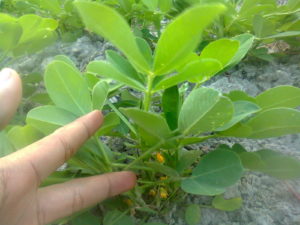Crop rotation can be defined as an effort to do some regeneration from one plant to another in order to protect the quality of soil and harvest. One of the main purpose of crop rotation is to get back nutrients, especially nitrogen, through legume or cereal plants.
Some types of plants that are usually crop rotated are: potato-cabbage, chili-tomato, rice-wheat, carrot-potato, sweet potato-cassava, etc.
To up the harvest quality of horticultural farming, crop rotating at the beginning of each year is the way to go. Crop rotation has quite significant effects in the productivity of the next harvest.
Besides, crop rotation is known in the agricultural world as a positive force in protecting soil texture, pH, temperature, and humidity and keeping them stable and in optimized condition.

Here are some pros of the crop rotation system:
- Texture, acidity (pH), and humidity of soil are kept stable in certain conditions
- Higher harvest productivity
- Better quality in harvest
- Cutting off the cycle of certain pests and pathogenic diseases from previous crop
- Crop rotation combination that includes legume plants is very good for nitrogen fixation due to the existence of Rhizobium leguminosarum bacteria in their root nodules
However, here are some cons of the crop rotation system:
- There is a probability of pest and disease attack depending on the variety of plants you use
- If you don’t minimize the use of non-organic chemical fertilizers with this system, the effect they have on soil and plant’s fertility is bad.
- Managed incorrectly and not continuously, your soil will be dry and barren thus affecting the next crop in a bad way.
